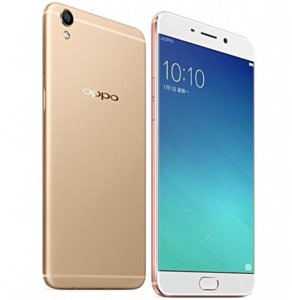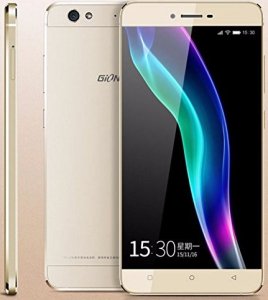Asus has launched upgraded version of its previous model Zenfone Max. The new Zenfone Max 2016 has retained all the good features of its predecessor and comes with additional new features at the same price. Here is Asus Zenfone 2016 model review with pros and cons.

One of the key attraction of Zenfone Max is its massive 5000 mAh battery. It delivers what it was expected to. It has great standby time. With my regular usage which consist of playing few games, usage of WiFi and mobile data,dual sim and few calls it easily lasted for more than 2 days. It also functions as power bank. You can use Zenfone Max as powerbank to charge other devices using the OTG cable provided in the box. Only concern in this section is charging duration. Out of thebox, device do not come with fast charger. Hence it takes close to 5 hours to charge the battery fully.
Recommended reading
New Asus Zenfone Max Frequently asked question and useful tips and tricks
The new Asus Zenfone Max 2016 comes with 1.5GHz Qualcomm Snapdragon 615 SoC with 32GB of internal storage and support for microSD card. You can choose between 2GB RAM or 3GB RAM variant. My review unit has 2GB of RAM. In my usage I have not faced any lag on my day to day activities. I was able to play games such as Asphalt 8, Dead trigger etc without any issue. With extended gaming, device became little warm. The max temperature it touched is around 39 degrees.
The new Asus Zenfone Max 2016 variant, house 5.5 inch 720 IPS HD screen. The viewing angles, colours accuracy, sunlight legibility are decent. It would have been great if it had a full HD panel and bezels are little narrow. The signal reception and call quality are excellant. When it comes to noise cancellation, it did perform as expected.
New Asus Zenfone Max 2016 sports 13MP rear primary camera with laser auto focus, dual flash and PDAF. In good lit conditions, it took good images. The low light performance is decent for the price segment. The wide angle 5MP front facing camera does take good selfies.
New Asus Zenfone Max Review summary: The Zenfone Max is a worthy upgrade over its predecessor. With new more powerful SoC, great battery life, Decent camera and bigger storage capacity, it fulfills most of the requirements of a smartphone buyers for the price of Rs.9999. However, there are few cons of Zenfone Max as well. This includes, longer charging time, large bezel size and lack of fingerprint scanner.
Advantages and Disadvantages of new Asus Zenfone Max
Pros of Zenfone Max 2016
- Excellent battery life.
- Ability to use the device as power bank to charge other devices.
- Good performance.
- Android 6.0 Marshmallow out of the box.
- Decent camera performance.
- Good price to performance ratio.
Cons of Zenfone Max 2016
- Screen resolution could have been better.
- Longer charging hours.
- No fingerprint scanner.




